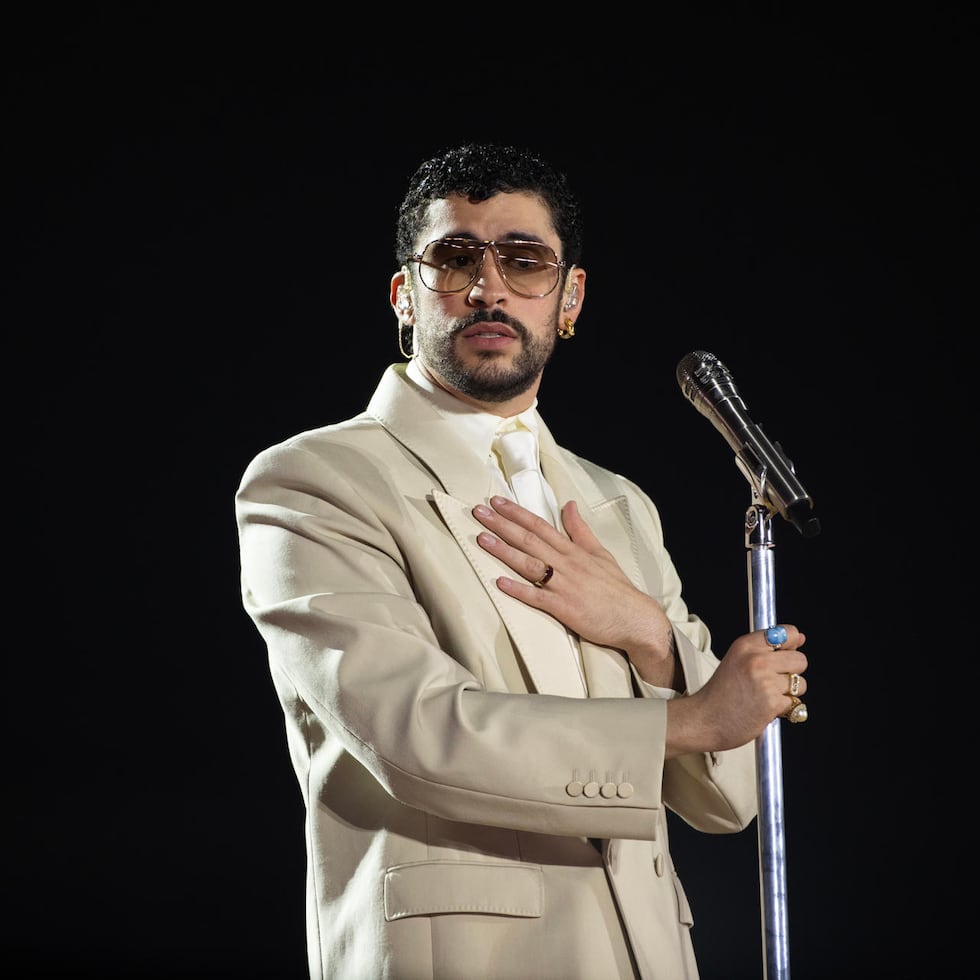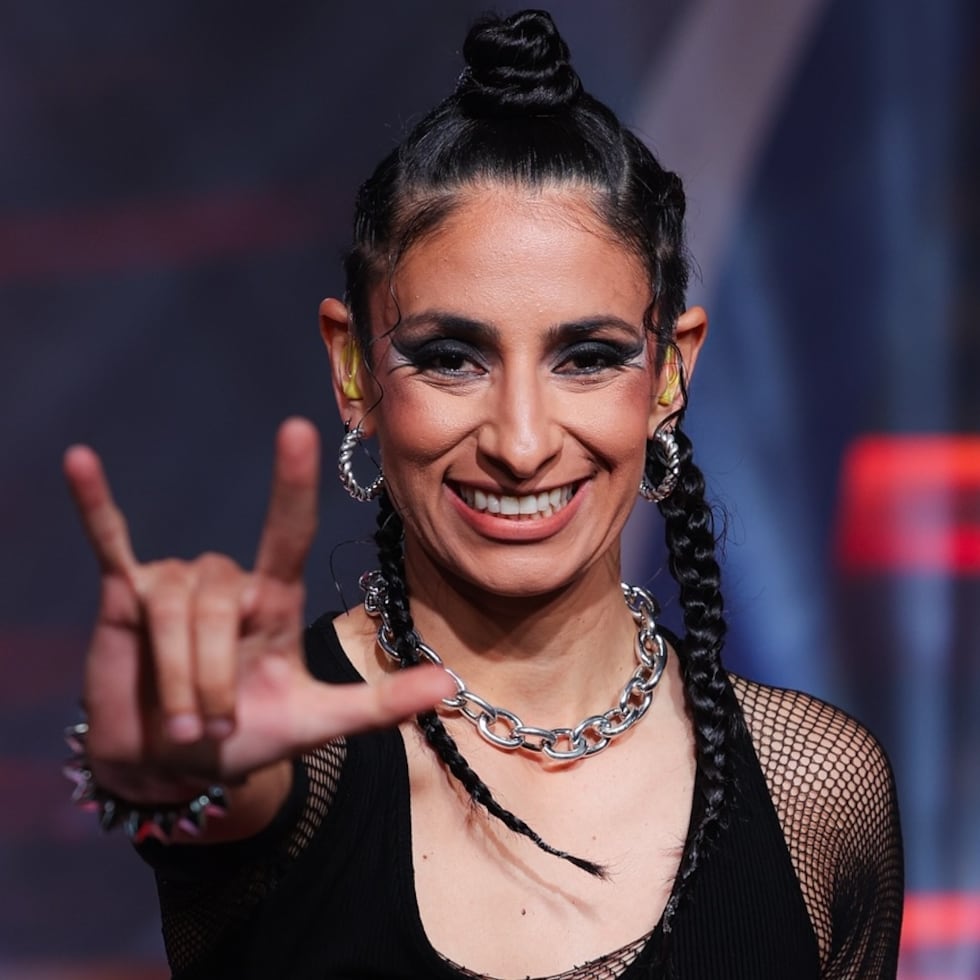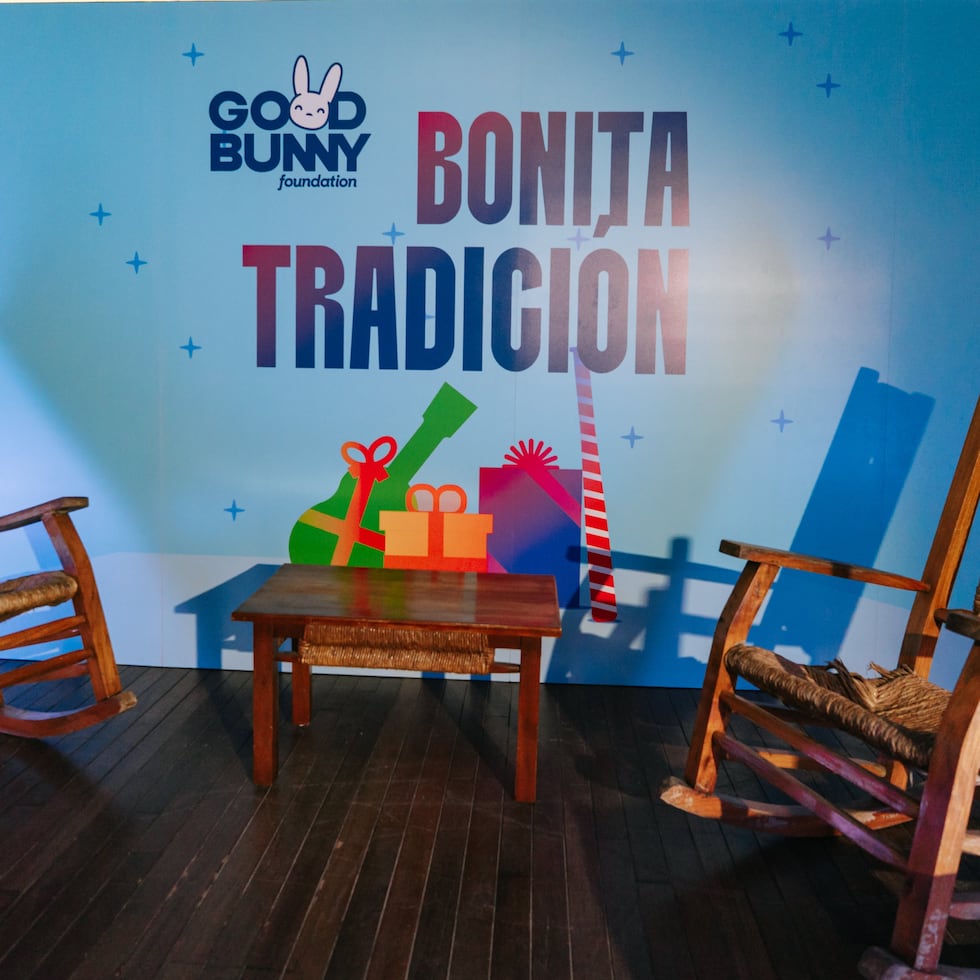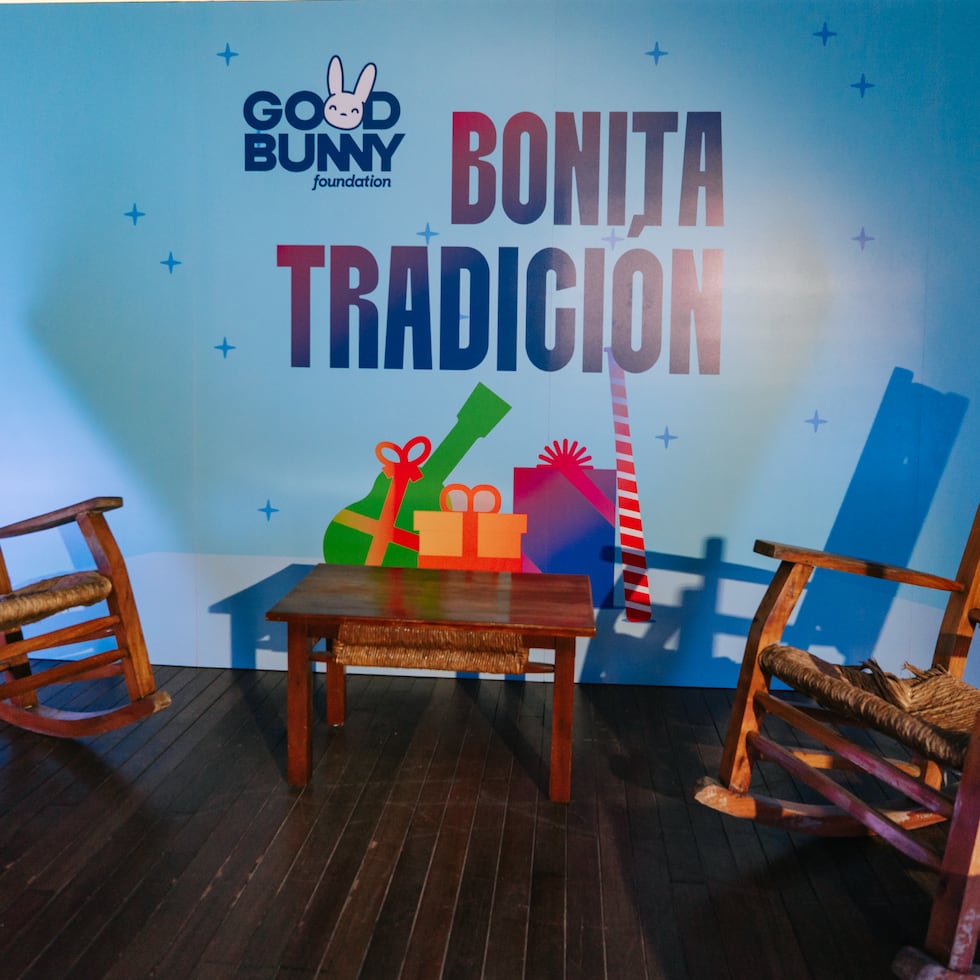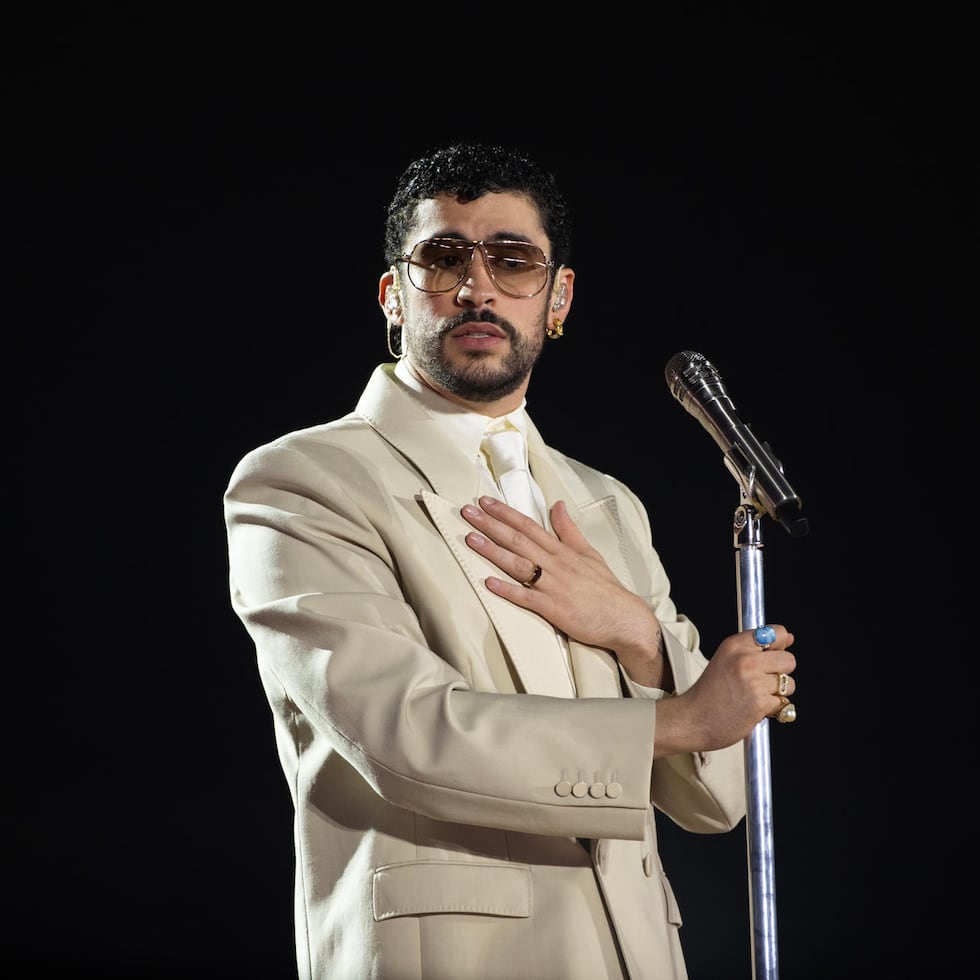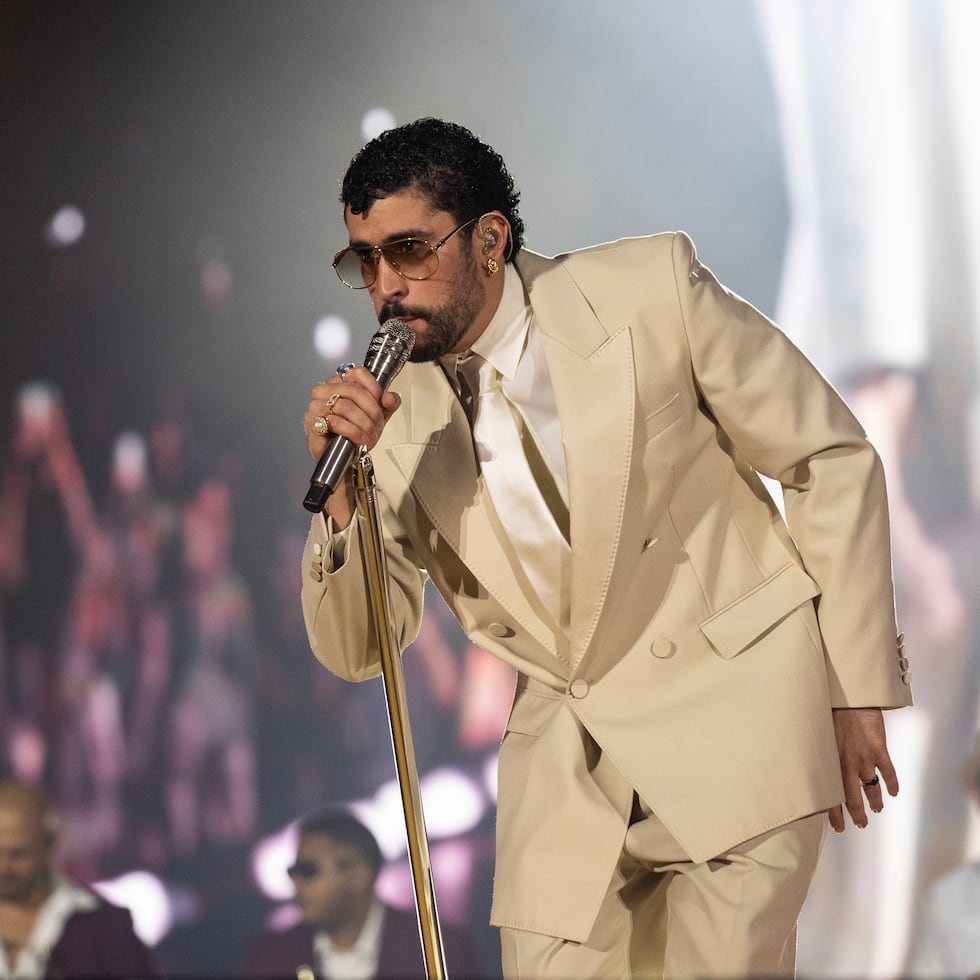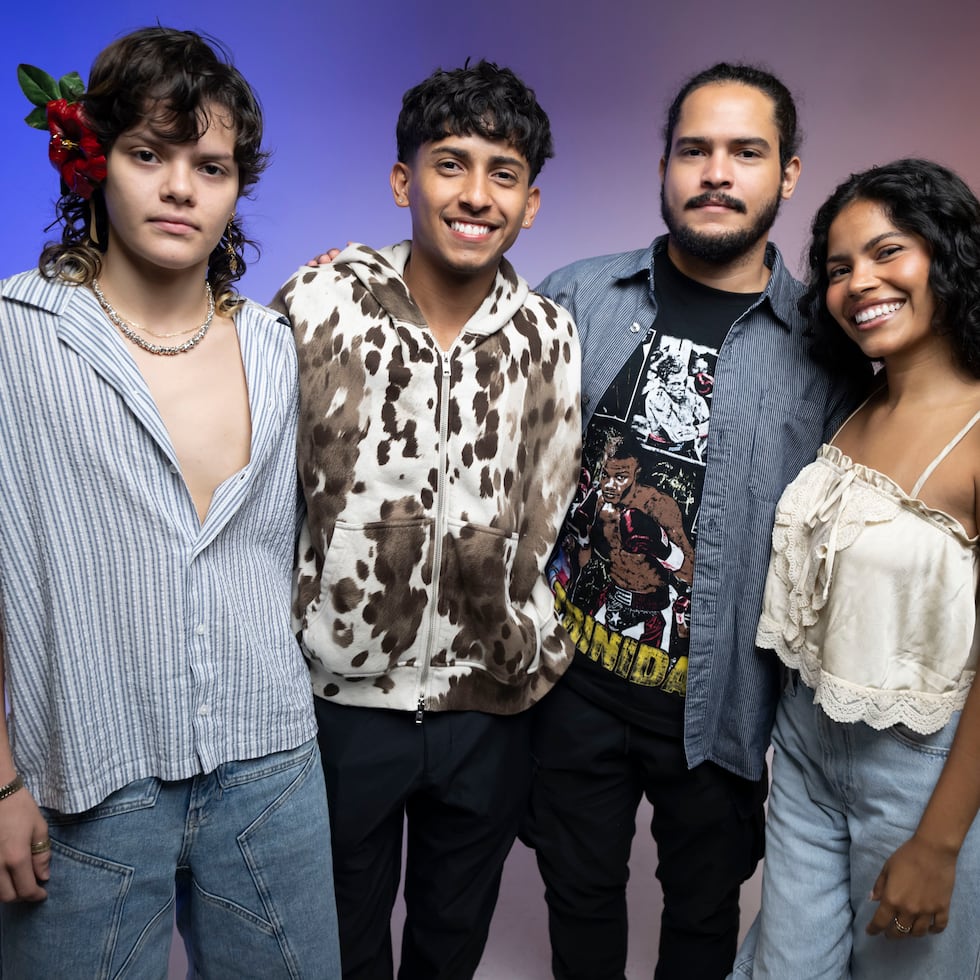The Story of the “Choliseo”: The Heart of Entertainment in Puerto Rico

Coliseo de Puerto Rico José Miguel Agrelot—aka the Coliseo de Puerto Rico, “Choliseo”, or simply “El Choli”—has become deeply embedded in Puerto Rican cultural life. This venue is the main stage for the biggest musical events in the country, and its activity level is high. Nearly every weekend, its glowing roof—whose color can be customized for each event—signals that something special is happening inside.
Puerto Ricans themselves coined the nickname Choliseo, after a beloved local artist. The Coliseum officially opened on September 4, 2004. Just months earlier, on January 28, the beloved TV comedian José Miguel Agrelot passed away. In the final years of his long career, Agrelot was best known for his character Don Cholito, a regular on midday television who humorously commented on current affairs while wearing a traditional pava (straw hat), representing the Puerto Rican jíbaro spirit.
At the entrance of the main lobby stands a bust of Agrelot, complete with his iconic pava. The curved shape of the Coliseo’s roof—with high points at the front and back—resembles the brim of this very hat. Thus, the fusion of “Coliseo” and “Cholito” gave birth to “Choliseo”.
The idea of such a massive venue didn’t happen overnight. The story of its origin is rooted in a dream: a group of Puerto Ricans once hoped to host the Olympic Games. In the early 1990s, a group of bankers proposed San Juan as a candidate city for the 2004 Olympics. During the 1996 Atlanta Games, they presented the idea to the International Olympic Committee, which included the construction of a new Olympic coliseum.
Though San Juan ultimately lost to Athens, the idea of a new arena lived on. The venue’s location was shifted to Hato Rey, adjacent to the Golden Mile (Milla de Oro, San Juan’s financial district), and strategically linked to the Tren Urbano, which launched two months after the Coliseo in December 2004.
Puerto Rican architects Alberto E. Ferrer González and Rebecca Riefkohl Biaggi led the design, alongside Segundo Cardona, Luis Gutiérrez, and the international firm HOK. Construction ran from 2002 to 2004, with a total cost of $252.6 million. It is the largest indoor venue in the Caribbean, with a capacity of 18,000, and is ranked among the top arenas in the U.S. and Latin America.
The success and global renown of Puerto Rico’s urban music scene have played a major role in the Choli’s rise to fame. Ironically, when the venue was being developed, one of its highlighted features was an indoor ice rink—an idea that failed to generate much excitement.
The Coliseo’s first public event on September 4, 2004, was a salsa concert featuring Richie Ray & Bobby Cruz, La Sonora Ponceña, and Roberto Roena y su Apollo Sound.
Since then, the Choli has paused operations only twice: after Hurricane María, which damaged the structure, and during the COVID-19 pandemic.
The venue is fully accessible, with accommodations for people with disabilities, sign language interpreters, a wide range of food concessions, and cocktail and beer bars.
Global artists who have performed at the Choli include Madonna, The Rolling Stones, Sting, Paul McCartney, Elton John, Lady Gaga, Celine Dion, Andrea Bocelli, Usher, Ed Sheeran, Def Leppard, Metallica, Maná, and Juan Luis Guerra, among many others.
But the record for most shows belongs to Puerto Rican artists:
- Wisin & Yandel: 39 shows
- Ednita Nazario: 22
- Daddy Yankee: 17
- Ricardo Arjona (from Guatemala): 19
And now, Bad Bunny joins their ranks.





